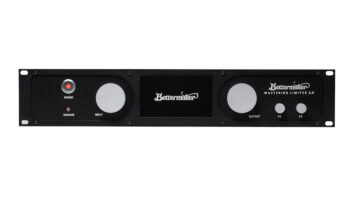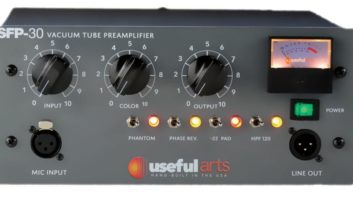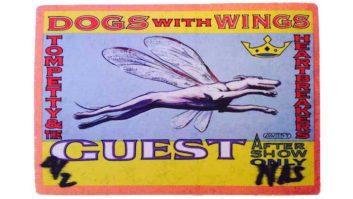Greetings, my name is Paul Grundman and I am an engineer and support technician at Bernie Grundman Mastering in Hollywood, CA. In this ongoing blog, I’d like to cover some of the basic recording properties that we as receivers of your master mixes prefer. I will also attempt to demystify some of the myths surrounding mastering, examine the properties of various digital and analog sources, and explain why a dedicated mastering facility is preferable to a standard computer with even the most expensive plug-ins. We will also look into how to minimize the loss of audio quality.
The statements and views I will share in this column are the result of extensive testing along with our in-house design technicians, Beno May and Scott Sedillo, who have built our proprietary equipment. We have explored the fine art of mastering, independently and in blind tests, with our staff and primary engineers: Bernie Grundman, Brian “Big Bass” Gardner, Chris Bellman and Pat Sullivan. Through this “semi-clinical test method,” we are able to deduce truths using the ultimate test tool: the ears. Some of the most (now seemingly rudimentary) shocking conclusions have occurred from our tireless need to test what we’ve taken for granted.
For starters, many people feel that sending digital files, and copying them from place to place, means that they won’t change. “It’s all just 1’s and 0’s,” often you’ll hear. And people copy, send, compress and zip, thinking there’ll be no change. This is untrue. I bet a few of you just had the color drain from your face. Did you ever notice that after you’ve sent your mixes around the world to have additional material recorded, or even just moved files from drive to drive, that they start to sound a little mid-rangy or that reverb tails start to slowly disappear?
I’m going to introduce a simple thought: D=D or “Digital is Delicate.” Think about keeping your files in a single place as much as possible and also NOT on your system drive, because your system drive swaps files and rewrites your files, which means copies, which means potential for a change in the sound of your material.
In the name of quality, we endeavor to work against the trend towards compromise which is brought on by misinformation, innocent ignorance and lazy workflow. If you follow these tips and insights into why “Mastering Matters,” I guarantee better results. Wouldn’t you sleep better at night knowing your bases are covered? There’s no price you can put on peace of mind.
Next time, I’ll talk about some of the “pre-mastering” rules you may consider before sending your work to a mastering engineer. You might be surprised at how simple some of these tips are and how you can easily avoid potential damage to your music.








